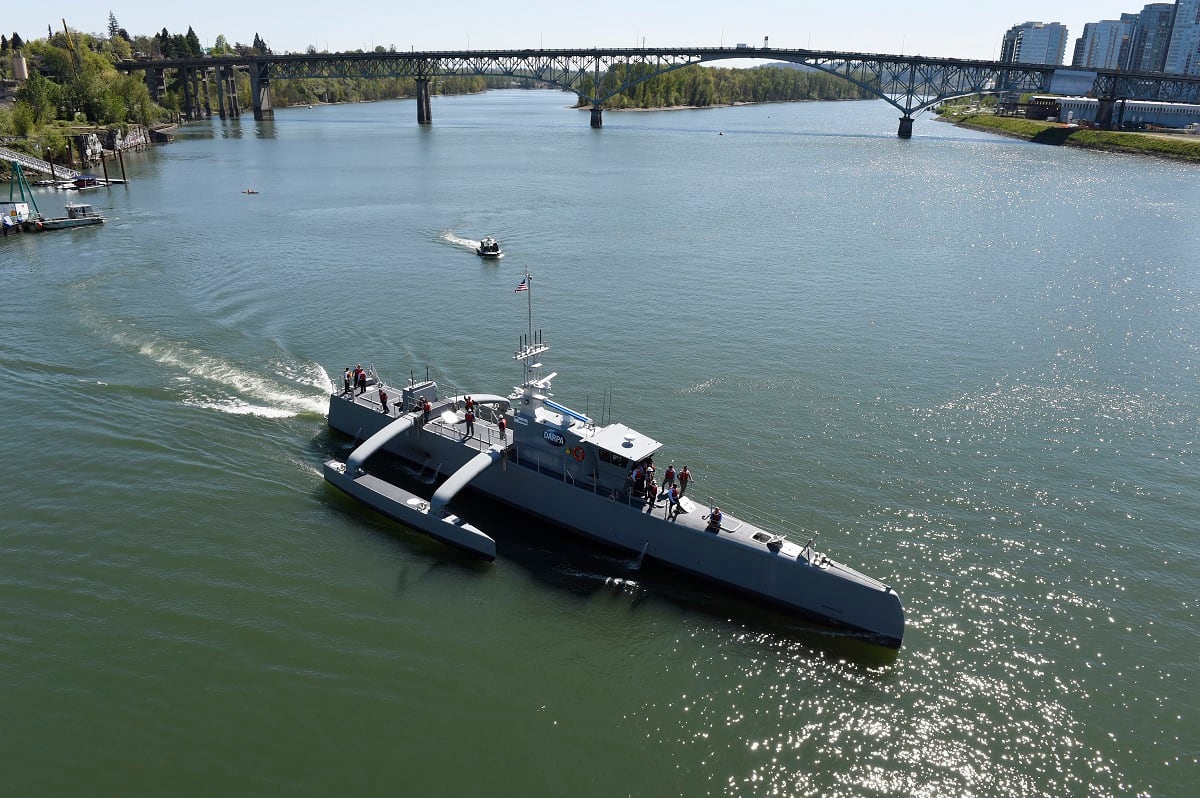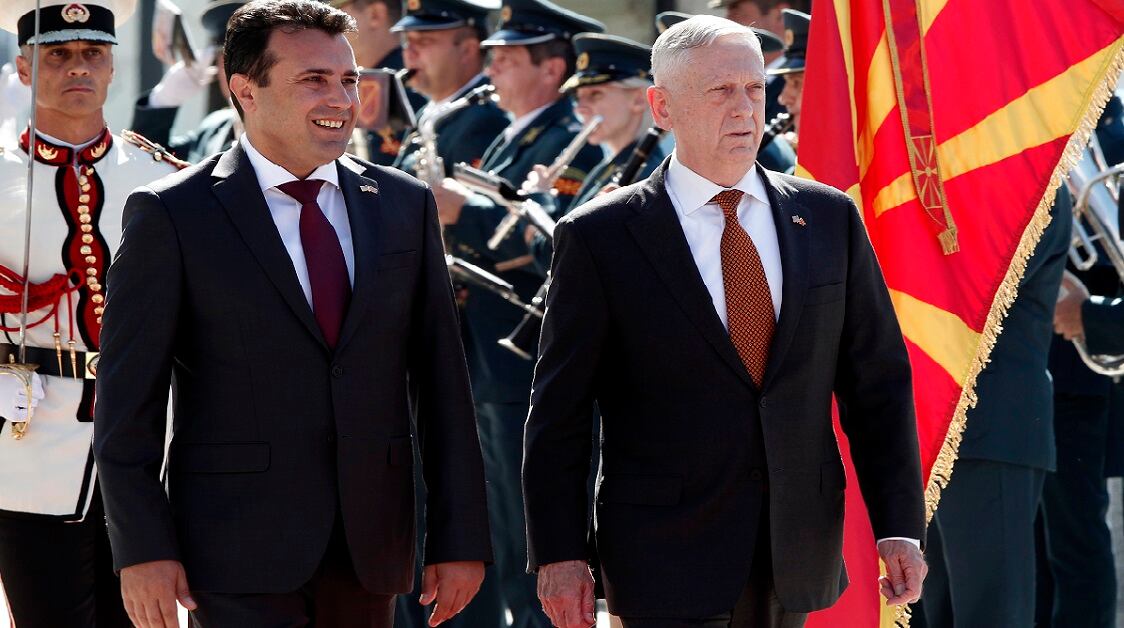As NATO finalizes its new political guidance designed to shape future military forces, the alliance has the chance to both strengthen Europe’s commitment to burden-sharing and relieve American concern about the creation of a new European Army.
If the alliance wishes to make a bold move, its forthcoming political guidance, expected in February, should frame what might be called a “European level of ambition” within NATO, which may satisfy Europe’s desire to have its own independent capabilities while keeping to agreed NATO guidance and command structures.
To alleviate known shortfalls in their military capacity, European nations might commit to a more robust capability goal — leading certain operations, within the context of the alliance.
Currently, the allies have agreed to guidance under which no single country is expected to provide more than 50 percent of NATO's individual capability targets, with some exceptions. The United States has used this guidance to press for greater European burden-sharing, but with minimal effect.
RELATED

A logical extension of the 50 percent guidance could be to apply this ground rule to NATO’s overall level of ambition. NATO’s current level of ambition is for the entire alliance to maintain the capabilities for collective defense against a near-peer competitor, in what is termed a Major Joint Operation-Plus (MJO+), or to conduct concurrently eight less demanding missions, two at the Major Joint Operation (MJO) level and six Smaller Joint Operations (SJO).
Under a new European level of ambition, NATO’s defense planners could be instructed to develop European capabilities needed to conduct one MJO and three SJOs for crisis management with limited or no American support. Alternatively, NATO’s European members could commit to providing half the firepower needed to conduct an alliance wide MJO+. The goal would be to achieve this capability by 2024, when European nations have committed to deliver on their 2 percent of GDP defense spending pledge.
These stronger European forces would be commanded by the Supreme Allied Commander Europe should the contingency be against a near-peer adversary. But if an operation calls for a European-led response against a smaller opponent, then Europe could employ NATO’s command structure under a more flexible version of the so-called Berlin Plus agreement between NATO and the EU, which would put a European in command.
There are four advantages to this concept.
First, it would give European nations a more compelling defense investment goal. Nations like Germany, which are unlikely to meet the agreed 2 percent pledge, argue that they can’t adequately absorb their pledged investments. By placing additional defense investments in the context of an agreed upon European level of ambition, European defense ministries would have more compelling investment goals and perhaps greater public support to grow their defense budgets.
RELATED

Creating this additional burden-sharing goal might also make it easier for the United States to accept less than complete compliance with the 2 percent goal by 2024. Although the budget pledge deserves to be met, if Europe could deliver a new level of ambition based on actual capabilities, that may be a more a significant achievement.
Next, a new NATO-linked level of ambition could fulfill European desires for a European Army and for strategic autonomy. These desires are understandable given President Trump’s public comments raising doubts about America’s commitment to the Article 5 common defense provision of NATO’s Washington Treaty. Shaken by these comments and cognizant of America’s broader global interests, many European leaders are looking for a Plan B to guard against American abandonment.
But development of a true European Army with headquarters outside of the NATO command structure has many alliance supporters in Washington worried, because it risks bifurcating NATO’s capabilities and undercutting alliance cohesion. A European level of ambition within NATO could reassure Americans that the EU’s notion of strategic autonomy is not a recipe for divorce, but rather a practical desire to lead smaller operations themselves.
Third, this concept is consistent with NATO’s new “four 30s” readiness initiative, under which 30 battalions, air squadrons, and major naval combatants would be ready for employment within 30 days. Once this readiness initiative is implemented, European forces would be more capable of meeting a collective European level of ambition.
And finally, a European level of ambition within NATO could assure that British military capabilities are not lost for European-led operations. With a European Army under EU command, they might well be.
Building this enhanced European capacity within NATO entails some risk. Europe has large military forces, but they currently are unready, lack sustainment, and have inadequate military enablers like air lift and air-to-air refueling.
But the benefits of keeping European military growth inside the alliance context appear to outweigh concerns about possible European lack of reliability. NATO still has the time to consider this opportunity before the new political guidance is finalized.
Hans Binnendijk is an adjunct political scientist at the non-profit, non-partisan RAND Corporation and a Distinguished Fellow at the Atlantic Council. Gene Germanovich is a senior defense analyst at RAND.
Gene Germanovich is a senior defense analyst at RAND.








